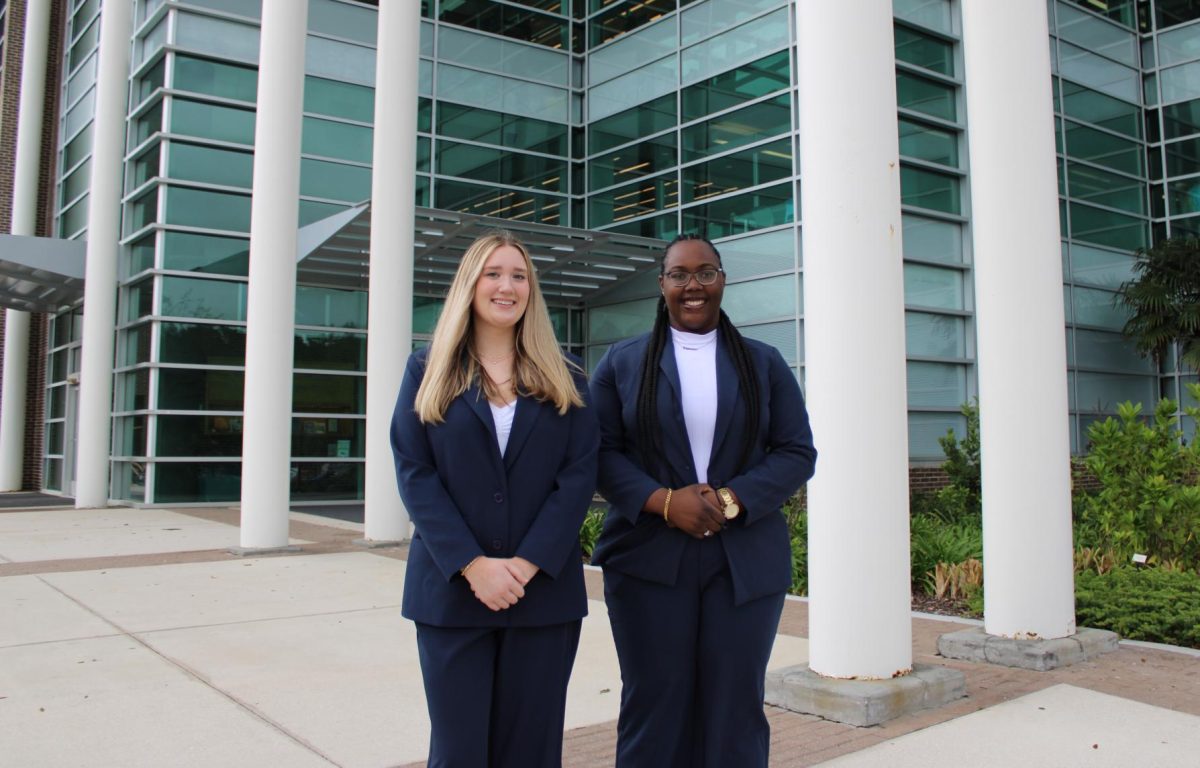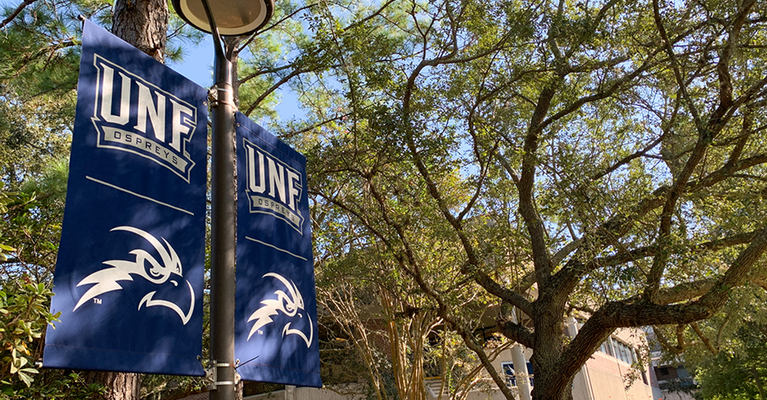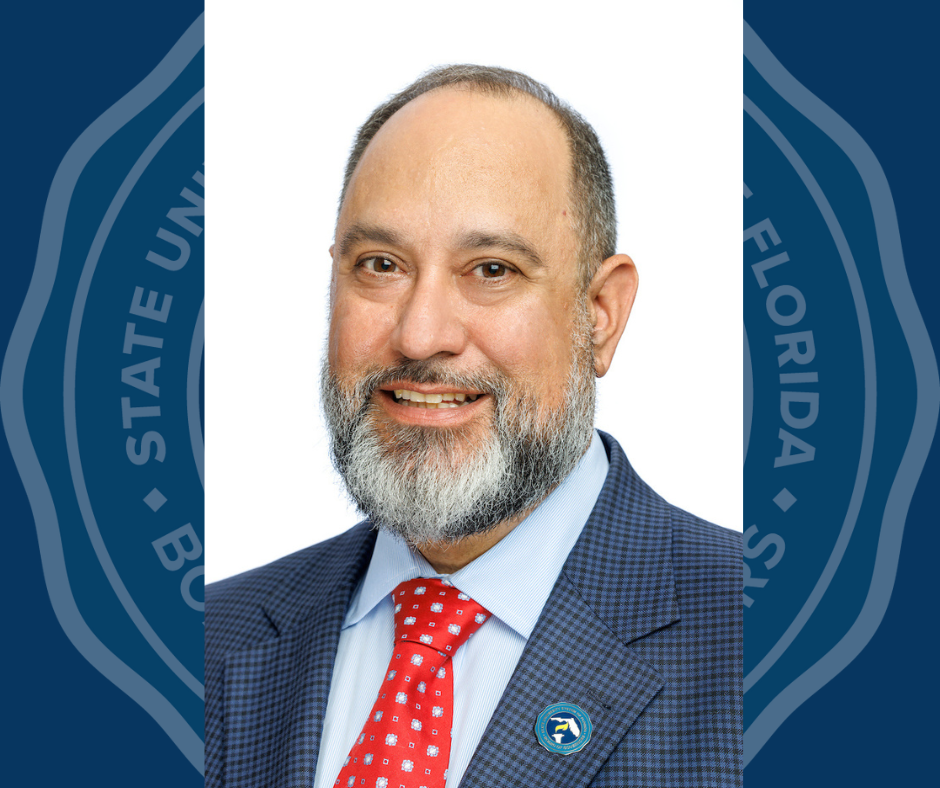
By: Ava Rivera, Contributing Writer
The Health Promotions Department held a tobacco attitude survey during the Fall 2011 semester. According to Mike Kennedy, assistant director of the Health Promotions Department, there were almost 4700 respondents involved, which is about 30 percent of students, faculty and staff.
“We found that 74 percent of respondents didn’t smoke at all, and 78 percent said they preferred to interact in a tobacco free environment. It certainly seems to support at least exploring it further,” Kennedy said.
Students made up 82 percent of the results, with the remaining 18 percent representing faculty and staff.
The current policy forbids smoking in any of the buildings on campus and 25 feet from the buildings and hallways, Kennedy said. There are signs posted around campus and on President John Delaney’s home web page.
“It’s hard to say [if people follow the policy]. One of the things we’ve heard is that perimeter based policies are the most difficult to enforce. What’s 25 feet to me may be different than 25 feet to you. What’s 25 feet when it’s raining can be different when it’s beautiful,” Kennedy said.

Pamela Chally, dean of the Brooks College of Health, has seen many people break the rules and has spoken to individuals in her college who don’t follow the policy. Chally says that having a smoke-free campus would make it easier to ensure health.
Shelly Purser, director of health promotions and Kennedy attended a workshop featuring Ty Patterson, director of the National Center for Tobacco Policy, to research universities going tobacco free and see what steps they are taking. The process to go tobacco free can take from three to five years, Purser said.
“Time is on your side. You can’t just rush somebody because it is a big behavior change,” Purser said.
The next step is to invite Patterson to our campus to see what it would take to make a tobacco free campus and get everyone on board because it is a huge undertaking, Purser said.
“We have to be fair; we have to be concerned and considerate of those individuals who smoke. It’s not easy to give up something like smoking. It’s a strong addiction,” Chally said.
According to the National Center for Tobacco Policy, schools should first decide why they want to be tobacco free, meet with students and faculty to discuss the policy and teach the importance of compliance with the policy.
“We’re the fact finders. We go out and see what the trends are, and we report those facts and see if UNF is looking down the road to go tobacco free,” Purser said.
Chally has seen the impact that smoking has had on people in her family and on society.
“The positive is the physical; you don’t have the second hand smoke. We all know how harmful tobacco is,” Purser said. “As far as the negative, I’m sure there are some smokers who have to get into their car or leave campus.”
At UF, for example, students only have to walk across the street to smoke wherever they want, whereas UNF is more secluded, Purser said.
Michelle Staton, a UNF junior, is part of the Student Government Senate, and making UNF a tobacco-free campus is her priority.
“If this is what the voice of the students is saying, I feel it’s our responsibility to do that. See what our available options are,” Staton said. “I feel like it would be better just for the majority of students who don’t smoke to be able to enjoy the campus.”
According to Kennedy, another positive is the environmental component because cigarette butts are not bio-degradable.
“A study we read said the University of Florida noted they were picking up 10,000 butts per year. That’s a huge environmental impact, especially when we have a bird sanctuary here, and animals are certainly impacted,” Kennedy said.
For Staton, the benefit for non-smokers is they don’t have to experience second hand smoke on a daily basis.
“We’re looking forward to pursuing this issue because the students want it to be pursued, and it’s something I’m actively going to be working on.” Staton said.
Email Ava Rivera at reporter3@unfspinnaker.com.











